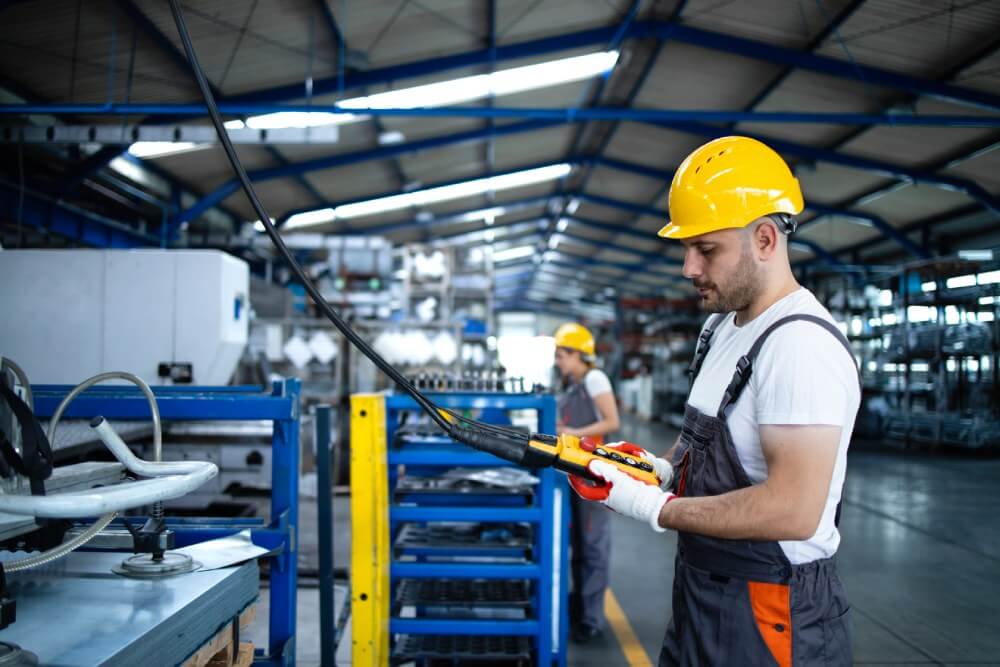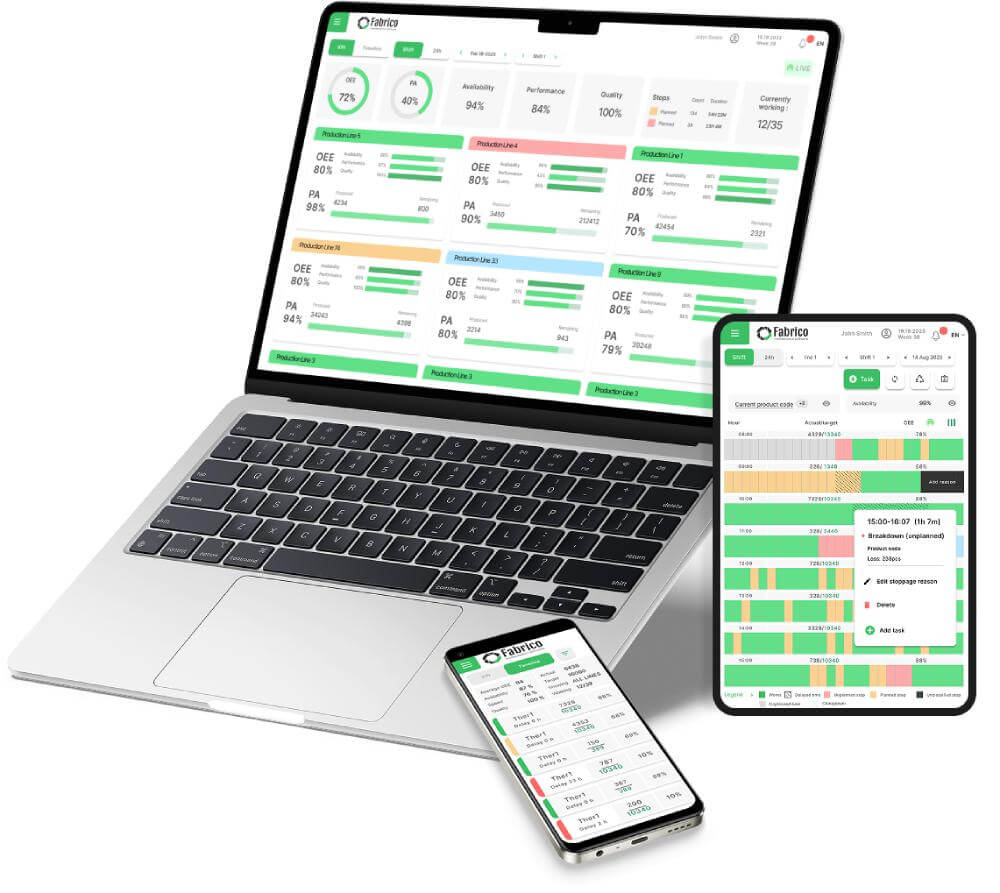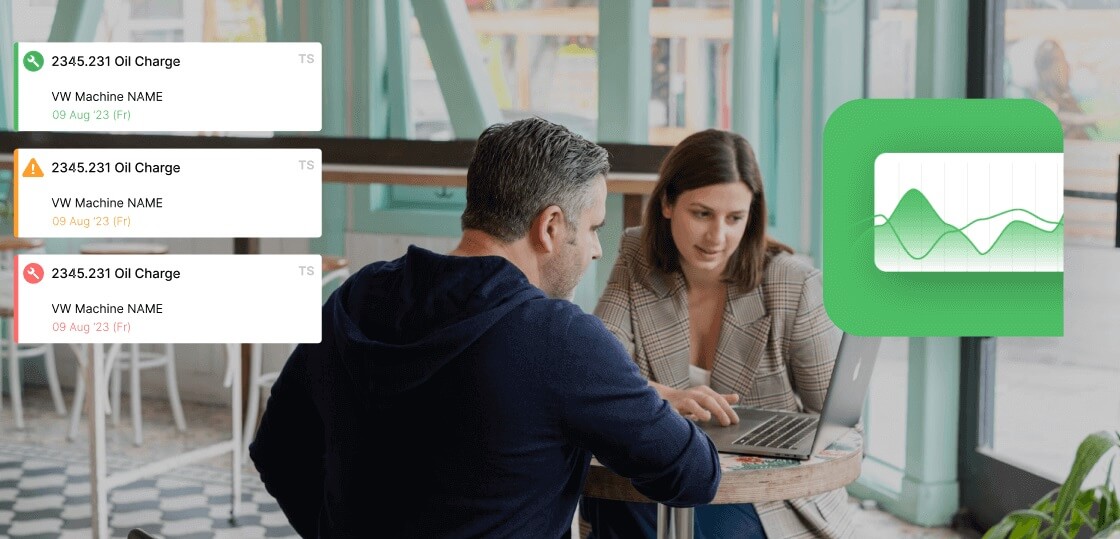Once you have a fast and accurate diagnosis, you need an equally fast and effective response.
This is the lever that 90% of companies fail to pull. It's not enough to see a problem; you need a system to fix it, repeatably and reliably.
Strategy 3: Connect Your Diagnosis Directly to Your Cure
The Action: Implement a single, unified platform where your OEE system is natively integrated with your Computerized Maintenance Management System (CMMS).
Why it works: This is the game-changer. An unplanned stop on a machine (the diagnosis) can automatically trigger a high-priority work order in your CMMS (the cure).
There is zero gap between knowing and doing. This is the only way to slash downtime response times and move from reactive firefighting to a controlled, proactive state.
Strategy 4: Standardize Your Workflows with Digital SOPs
The Action: Use your CMMS to attach digital checklists, pictures, and standard operating procedures (SOPs) directly to your work orders for both common repairs and equipment changeovers.
Why it works: This ensures that critical tasks are performed correctly and consistently every single time.
Standardizing your changeover process is key to reducing planned downtime, while standardizing repairs ensures they are done right the first time, preventing repeat failures.
Take a live tour with a product expert






